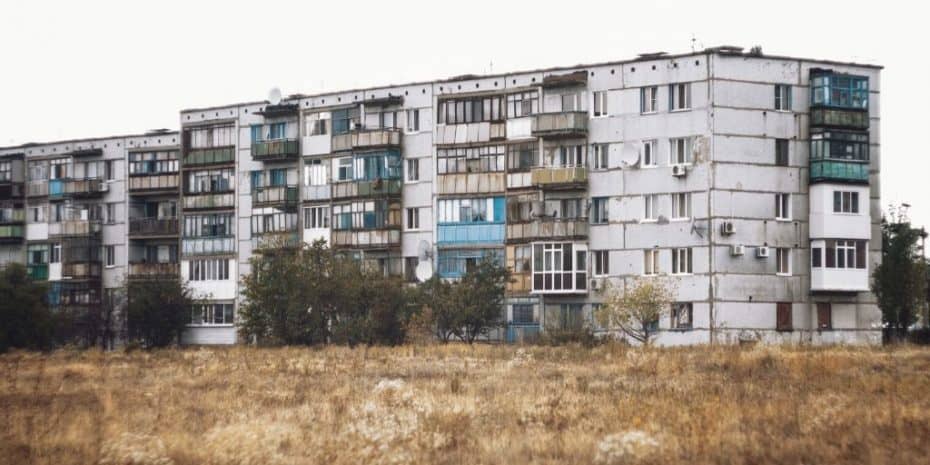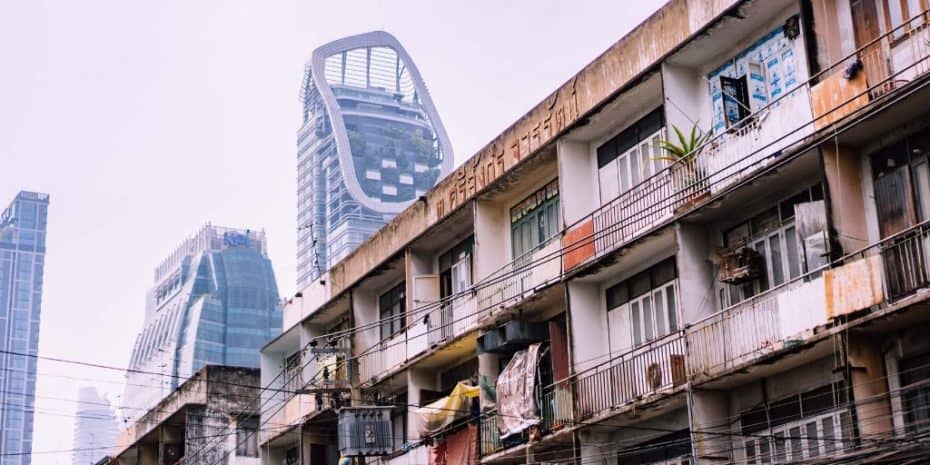What is a Slumlord?
Slumlords Explained
A slumlord is known as a landlord who does not regularly maintain or repair their rental properties in a timely fashion. These properties often can lack basic living amenities such as heat, clean water, or even electricity.
By contrast, a responsible landlord is one who provides a safe and livable rental space, fixes maintenance issues, and responds promptly to any tenant requests, whereas a slumlord has a reputation of failing to meet these basic expectations
Many slumlords do not respect housing laws and regulations. They will rent out properties that are structurally unsafe, with appliances that are barely functional (or with no appliances at all), and often ignore pest infestations and other issues that inevitably arise when a property is disregarded for long periods of time. Some properties may even have illegal additions or structural changes made without a permit. These housing conditions can pose serious risks for tenants if their landlord is unable or unwilling to fix these problems.
Rather than fixing their rental properties, slumlords tend to defer maintenance, leaving their tenants to deal with the consequences on their own. Many slumlords avoid paying for repairs until there are severe problems or they face the threat of legal action. Even if they are obligated by law to fix a problem, some slumlords will ignore requests for repairs and continue to rent out their properties to tenants who cannot afford better accommodations.
Slumlords often prefer low-income renters who are unlikely to pass a background check or find a better place to rent in the area. Slumlords know that these prospective renters may not understand what makes their rental property an unsafe place to live.
How to Identify a Slumlord Property
Rental properties that do not meet basic housing requirements may appear to be well maintained. However, a more thorough inspection of the property will reveal that the slumlord has neglected to make basic improvements for the benefit of their property and tenants. Below are some common examples of slumlord housing conditions:
Structurally Unsafe
- Roof with holes
- Rotten siding
- Sagging porch
- Crumbling foundation
Illegal Rental
- Basement, garage, or outbuilding converted into a rental without a permit
- Over-housed units with too many tenants in a small space
Lack of Basic Amenities
- No heating or air conditioning
- No running water
- Electrical outlets that aren’t working
Health Hazards
- Exposed wiring
- Lead, mold, and toxic pollutants
- Uncollected garbage
- Pest infestations
Lack of Communication
- Slow response to emergencies such as a burst pipe or gas leak
- Showing up late to meetings with tenants or canceling last minute
- Ignoring tenant requests to repair or replace items on the property
Understanding a Tenant's Rights
Landlords are legally responsible for providing a safe and livable rental property. If housing requirements are not met, tenants may have the right to break the lease or withhold a portion of their rent. Depending on the issue, tenants may even have grounds to pursue legal action against their landlord.
Here are steps tenants can take if their rental property is in bad shape:
1. Contact the landlord after noticing a problem. Tenants are recommended to keep a record of all calls, texts and emails between them and the landlord in case of a dispute.
2. Send a certified letter to the landlord if they do not respond to requests or fix the problem. Describe the problem, report the date when it first happened, and state a deadline (typically 30 days) for fixing the problem. Tenants are advised to keep a copy of this certified letter.
3. If the landlord avoids addressing or fixing the problem, tenants can consider a “repair and deduct” option. Repair and deduct is a method where tenants arrange and pay for the problem to be fixed, and deduct its cost from their rent payment. Tenants will need to provide receipts as evidence in the event of a disagreement. Tenants should make sure repair and deduct is within their rights in their jurisdiction.
4. An alternative to repair and deduct is to call the local building inspector to perform safety inspections. If the property does not pass this evaluation, the landlord will typically be pressured or ordered to fix the problem.
5. If the previous steps do not result in action from the landlord, tenants with a lease may be able to break the lease. Consult an attorney or seek professional legal help before pursuing this option.







